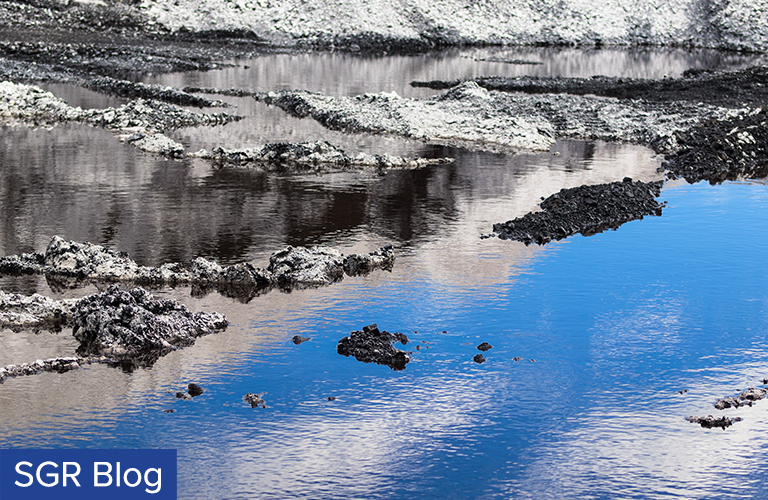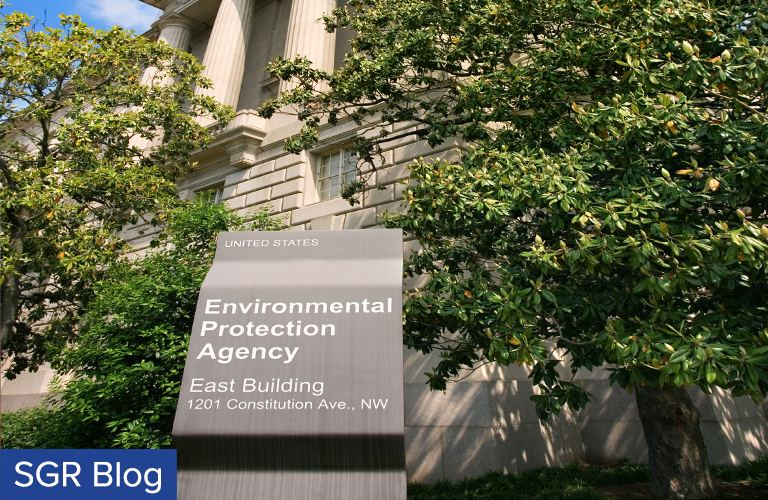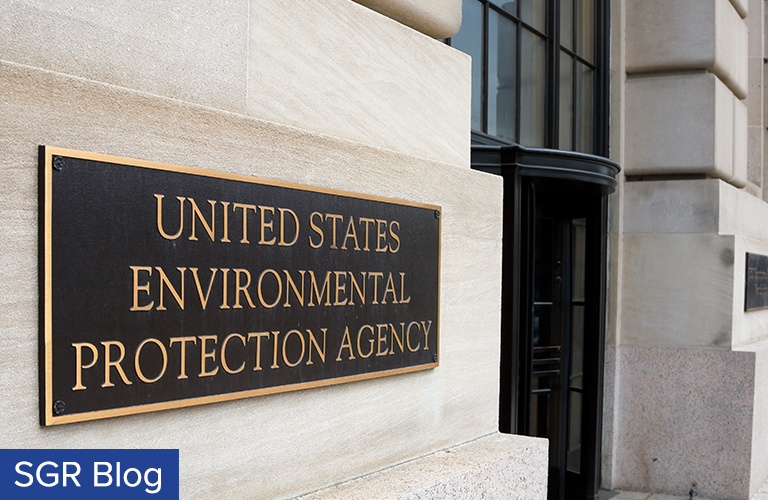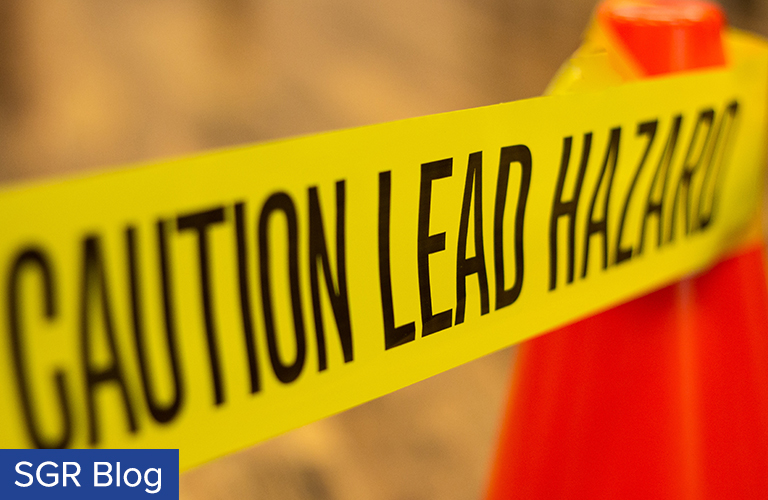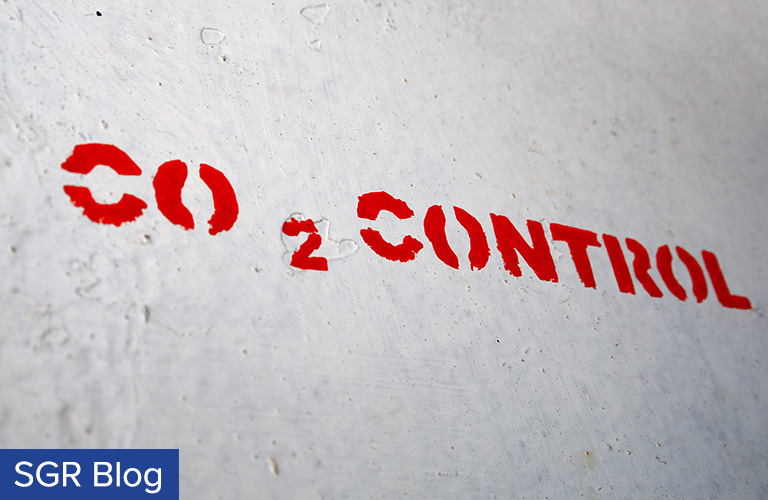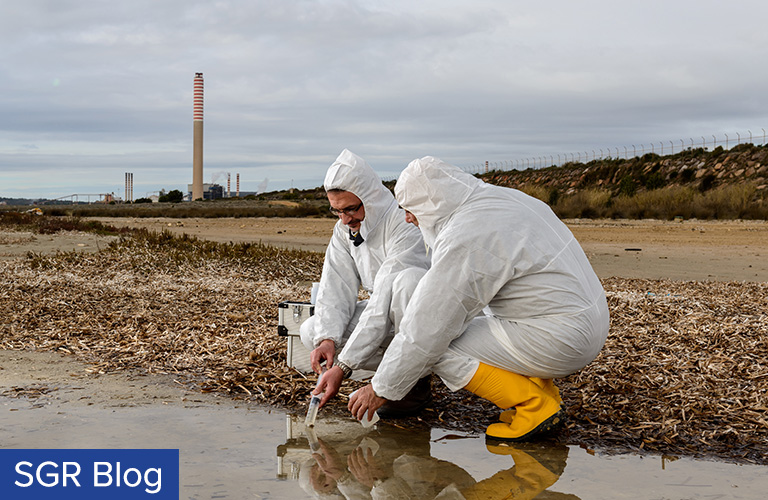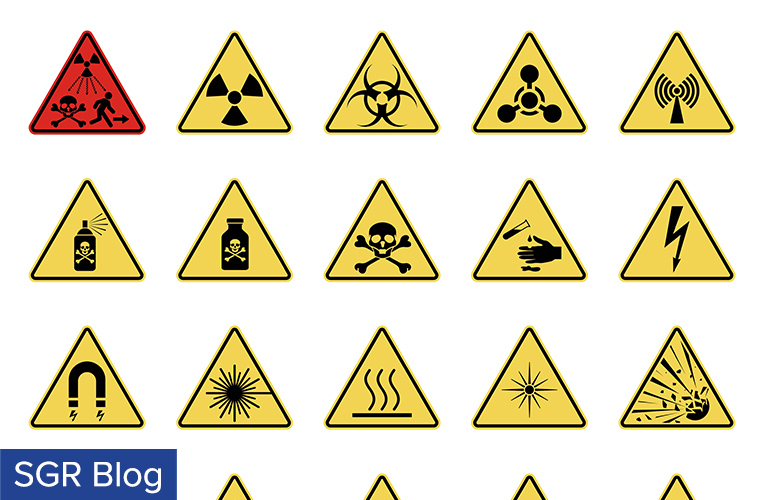
One hundred sixty (160) polyfluoroalkyls (“PFAS”) have been added to the list of chemicals requiring reporting under the Toxics Release Inventory (“TRI”) by the EPA. EPA gave official notice on December 31 to industry reporters that they must begin tracking and collecting data on PFAS starting on January 1, 2020. Reporting for those chemicals now on the list will be due to the EPA by July 1, 2021. The requirement mandating immediate additions to the TRI comes even as the EPA is continuing with its advanced Notice of Proposed Rulemaking released last December announcing possible PFAS additions to the TRI. … Read more



